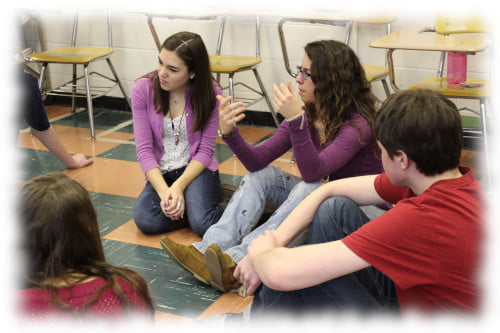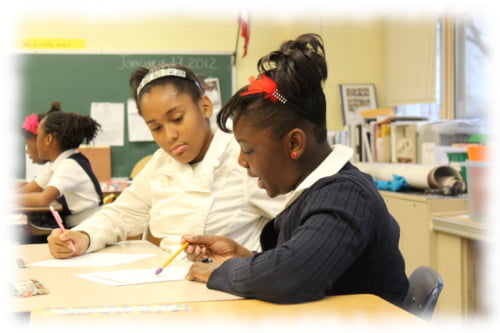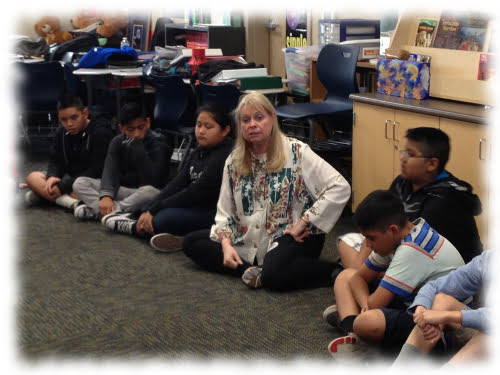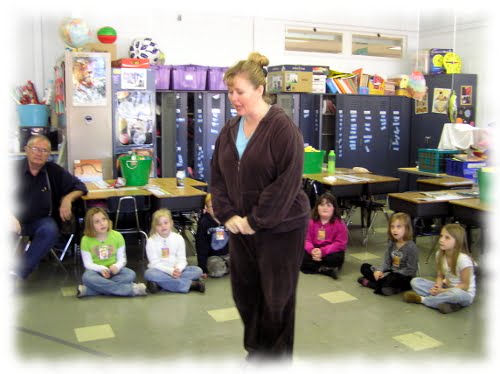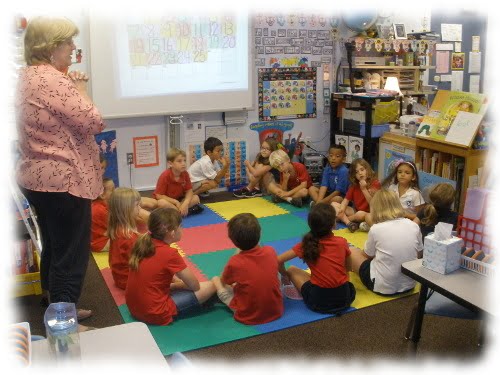This is my next article in this conversation about Classroom Management in Drama. Teachers have posed many questions to us concerning management techniques. I will answer this and then request other ideas from this community. The questions are stated exactly as they have been presented to me. I will do my best to interpret the questions and provide an answer from my background. Just send us your ideas and thoughts and we will get the conversation started. None of us are as smart as all of us, so jump in and share what you know relating to each question presented. Creative classroom management can lead to creative thinkers.
Here is our next question in this series:
"What are the ways to handle the “I’m done!” student (or group)?"
We often think of classroom management as something that has no direct content value. Yet, I have found that armed with a few good strategies, I can use classroom management to engage students in deeper creative planning, thinking, and problem solving.
Often in drama I use the “I do, we do, you do” process. First I show or demonstrate what the work will look like, next I guide and coach the students as they apply the work, and lastly, I give them a story or dramatic activity that will allow them to plan, practice, and apply the strategy as a team independent of me. When students are new to drama or a new skill is being introduced, there will inevitably be the “I’m done” student (or “we’re done” group) reaction. This is totally understandable if the skill being covered is very basic or if students don’t have enough background in drama to know what to do next in their rehearsal. So, I plan for this reaction, knowing that teams which work more quickly or that have strong leadership might complete the task sooner than others. Here are some ways in which I handle the team that lets me know “they are done.”
First, I ask the team to share their work with me (act out their scene or their finished drama activity), so that I might view it before they share their final product with the class. Then I might do one or a combination of the following:
- Comment on the “skill ( embedded in the objective) for the day,” sharing with them the strengths of the work and then one or two things I would like them to try so they might improve the skill within the work – I keep this focused only on the objective’s skill being taught.
- Comment on the skill mentioning the strengths, but in seeing that they have accomplished the objective, I give them a challenge, it usually goes like this: “ I am wondering if you can think of two things you might add to your scene (activity, etc.) that would be a surprise for us and that you think no other group is doing.” This is a fabulous way to indicate to the students that this is a creative process and they do have artistic freedom to explore.
- Comment on the skill mentioning the strengths, but noticing that even though they have mastered the day’s objective, skills or techniques they learned in previous lessons are not being applied, I might say something like this: “I could really see (today’s skill) applied to your work because I saw__(mention observable specifics)_. However, I am wondering what happened to adding physical scenery to the story using your bodies. If you remember a couple of weeks ago we worked on creating setting through physical shape. I am wondering what would happen if you put that into your scene? I’d love to see that, if you can figure out how to do it.” Then you leave to let them plan and work it out.
- If two groups have completed their scene or activity, I pair the groups and have them observe each other. Following the observation, they are instructed to share with each other the strengths they observed and give each other one thing to work on to try to improve. Then the groups re-practice their work giving attention to the ideas mentioned by the observing group.
- If brainstorming was required in the planning process (it would have been previously taught with the caveat that all members of the team MUST present at least one idea before a final idea can be selected) then after observing the work, and the work seems to be complete, I query the group about other ideas that were presented during the planning brainstorming process. I challenge them to try the work again with one of the other ideas….or challenge them to try each of the ideas. After each idea is tried, the group discusses which idea they think really worked the best and use that idea when they present.
- When a group has completed the task and I see that it is good, I throw them a curve ball, some odd challenge I want them to put into their task. For example, if they are doing the mirror activity, and I see that they are doing it exceptionally well, I might tell them to try turning down a long mirror, or creating a jump together, or having the mirror get angry about something (an event they create) and the mirror breaks itself to end the work and make it into a small “story.”
The idea here is to engage the student’s fully in the artistic process, to have them stop and reflect and revise their work, to challenge them to go further and make independent artistic decisions. What I always remember and try to share with my students is that a work is never done, more can be found, more can be explored, more can be added or taken away. I never worry when students say, “We’re done.” I know inherently that they are not done but I must guide them in ways to use their time during the “you do” portion of the lesson – it is my chance to mold students into creative thinkers.




